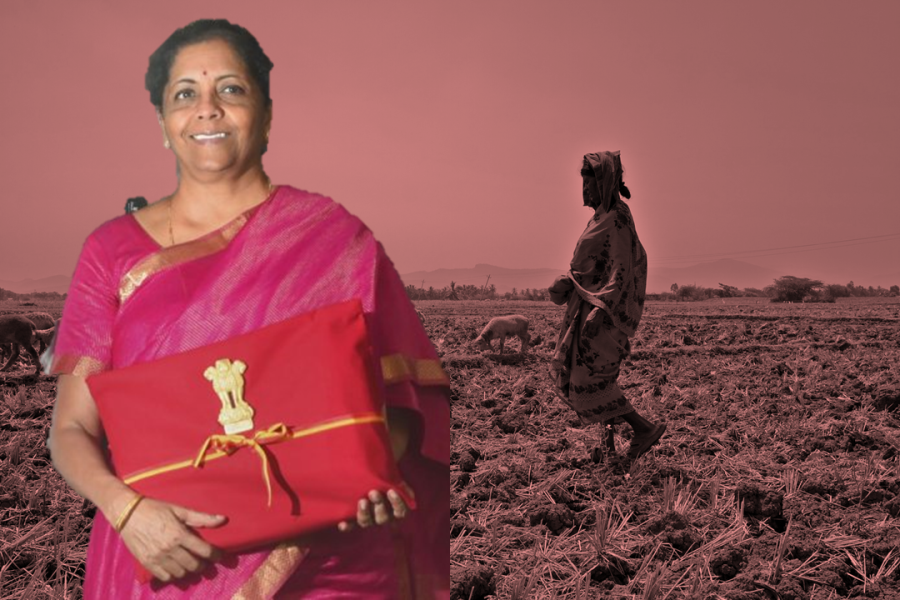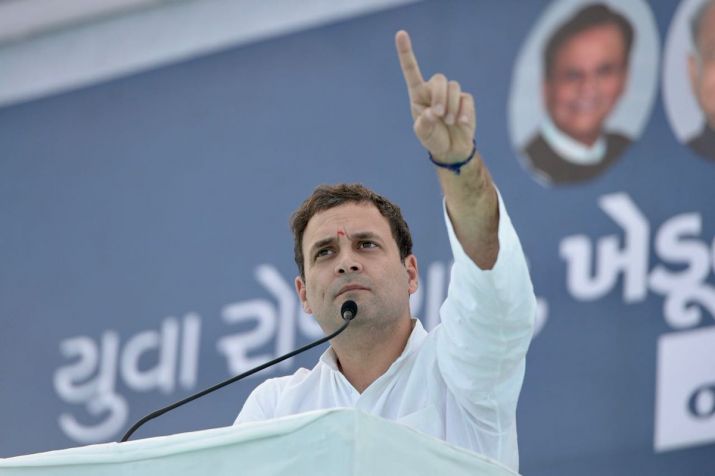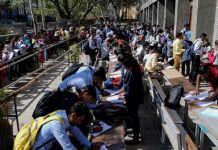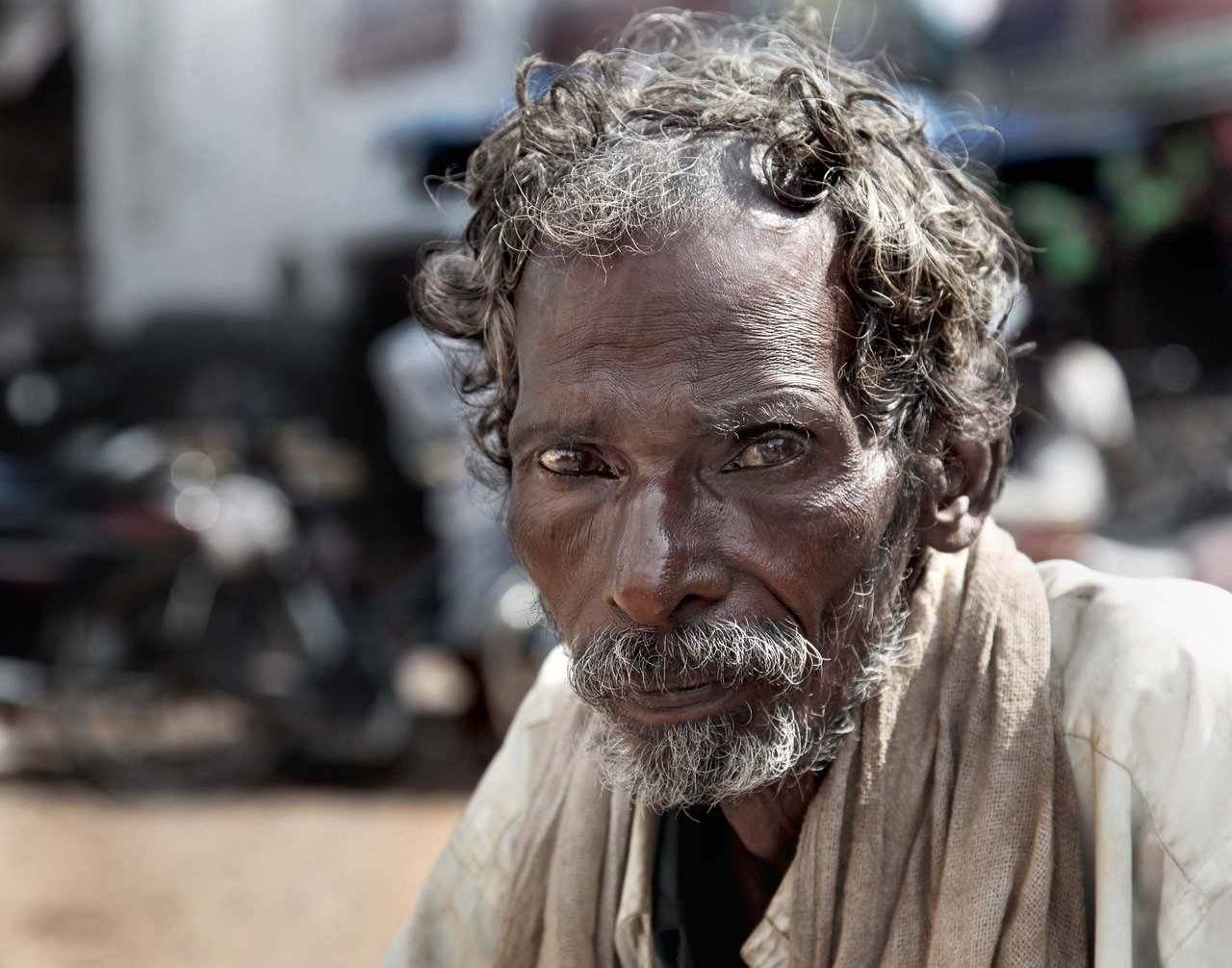When the Union Budget is presented one important part of the discussion and evaluation relates to the allocations for social sector, including allocations which impact the weaker and vulnerable sections of society. However to get a complete picture of what has been happening in the social sector we should not just look at the allocations in the social sector in the new budget; we should in addition also take a careful look at the actual expenditure in the previous year and to what extent it has diverted from the original allocation.
This generally does not get the due attention due to two factors. One is the tendency in general to look mainly at the new offerings. Secondly there is the additional fact that updated estimates of the spending of the previous 12 or even 10 months are just not available in the Budget . What we have in the case of most areas of expenditure are the Revised Estimates which can be indicative but are not the same as Actuals or Actual Expenditures.
However several reports have been appearing which indicate that that the actual expenditure in the year 2019-20 in important parts of the social sector may turn out to be much less than the original allocations. This indication is provided by two factors. Firstly the available data on actual expenditure up to November 2019 or so shows significant underspending in important areas like agriculture and farmers’ welfare. Secondly there appears to be a growing articulation on the part of the government and powerful interests that the ‘last-minute rush for expenditure’ should be avoided this time. This is sought to be justified also as a means of meeting more or less the target of containing the fiscal deficit.
It is well-known that often the lethargy of previous months is overcome in the last weeks of the financial year by big allocations to fill the gap between the original allocation and the actual expenditure of earlier months. This practice can not be defended but the solution is not to underspend but to utilize funds in a balanced way over the year. However this year what we are likely to see is underspending in earlier months coupled with restraint in last days on heavier spending, leading overall to significant underspending for the year in important segments of the social sector, including agriculture and welfare of farmers, welfare of minorities, welfare of dalits, panchayati raj and renewable energy.
But if the spending in such important areas is much below the actual allocation then this raises three important sets of questions? The first set of questions relates to the human costs of such underspending in important social sectors which are generally underfunded anyway even in terms of actual allocations. We should explore further what exactly was the impact of such below allocation spending on vulnerable farmers, dalit workers and other weaker sections?
The second set of questions relates to transparency, democracy and parliamentary norms. After all the budget is discussed and passed in Parliament on the basis of certain allocations and other related figures and if there is going to be a big divergence from this then the causes of this divergence need to be explained fully by the government in a satisfactory way. In the absence of such a satisfactory explanation any significant underspending in a critical area will be considered an act of deception.
The third set of questions relates to the overall impact on economy, in terms of accentuating inequalities, further limiting purchasing power of poorer people and adverse impact on stability and strength of economy if funds meant for the welfare of most needy sections are held back from them.
So it is important to get an idea of the possible extent of underspending, even though the precise and final figures will be available only after a few months. The Hindustan Times ( January 27 2020 ) in a front-page report titled ‘Govt. eyes unspent funds to tread fiscal tightrope’ by Rajeev Jayaswal published figures of spending of Union government up to November 30 2019 ( the first 8 months of the financial year ) or so in the context of some important sectors. The Ministry of Agriculture and Farmers’ Welfare could only spend 49 per cent of the funds meant for 12 months ( one financial year) although in the previous year 2018-19 it had spent 70 per cent during the same period of 8 months. The much publicized scheme of Direct Benefit Transfer under the Pradhan Mantri Kisan Samman Nidhi saw a transfer of 58 per cent during the first 8 months. The ministry of social justice and empowerment could spend 57 per cent, the ministry of minority affairs could spend just 29 per cent, the ministry of new and renewable energy could spend 49 per cent and the ministry of panchayati raj could also spend only 49 per cent.
This combined with the reluctance this year to boost spending in a big way during the last few months or weeks is likely to lead to significant underspending in the overall financial year in important segments of the social sector, and we will do well to keep this in mind during the forthcoming debates on the new budget.
Bharat Dogra is a freelance journalist who has been involved with several social movements.













